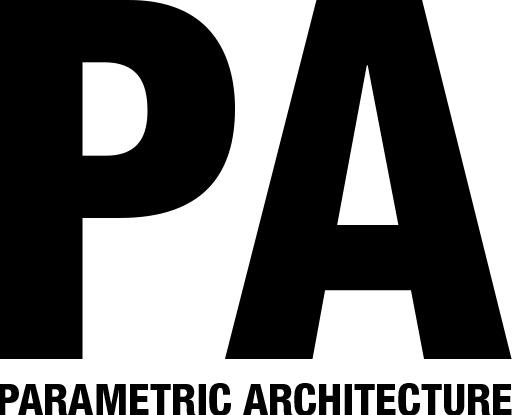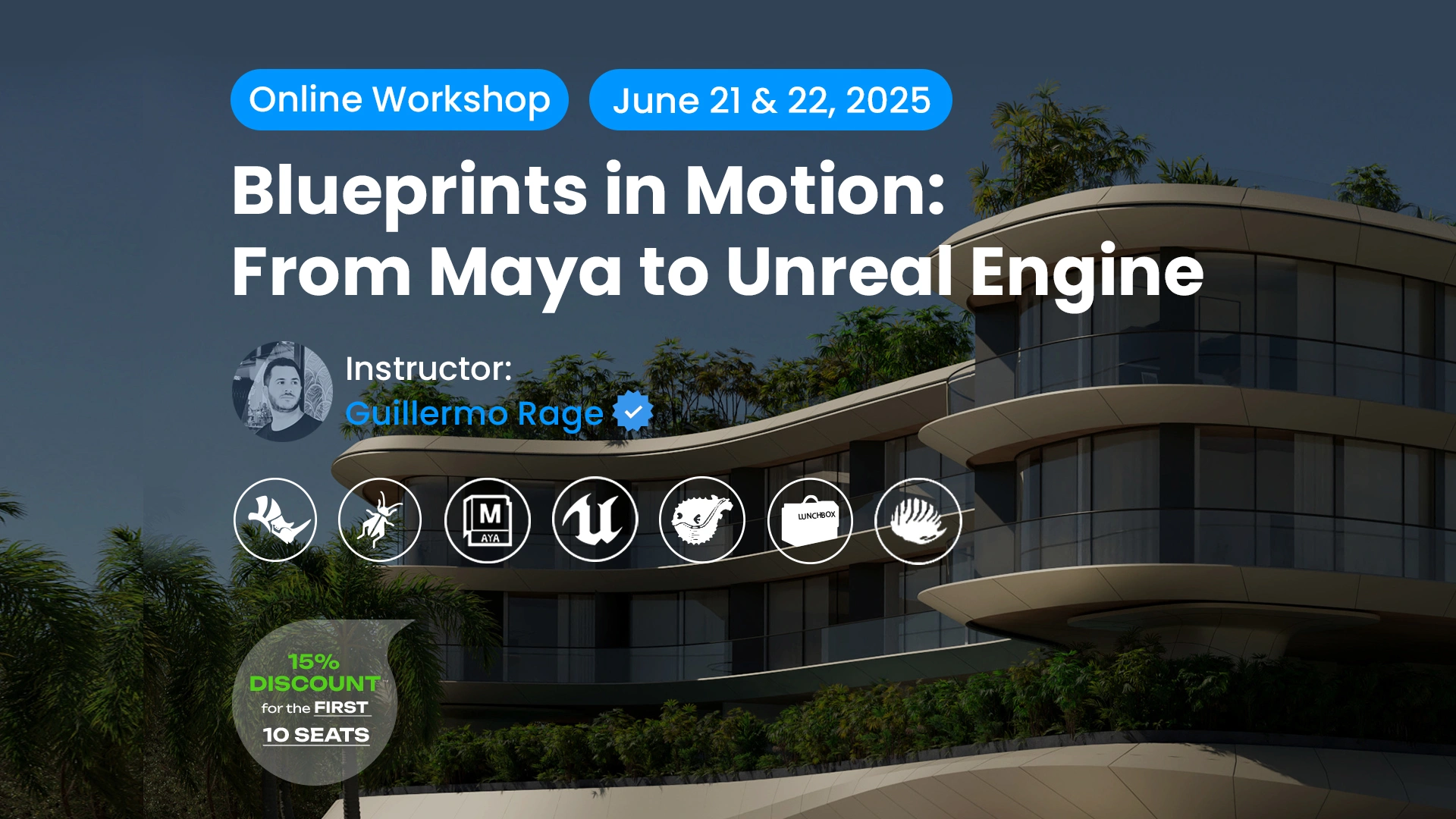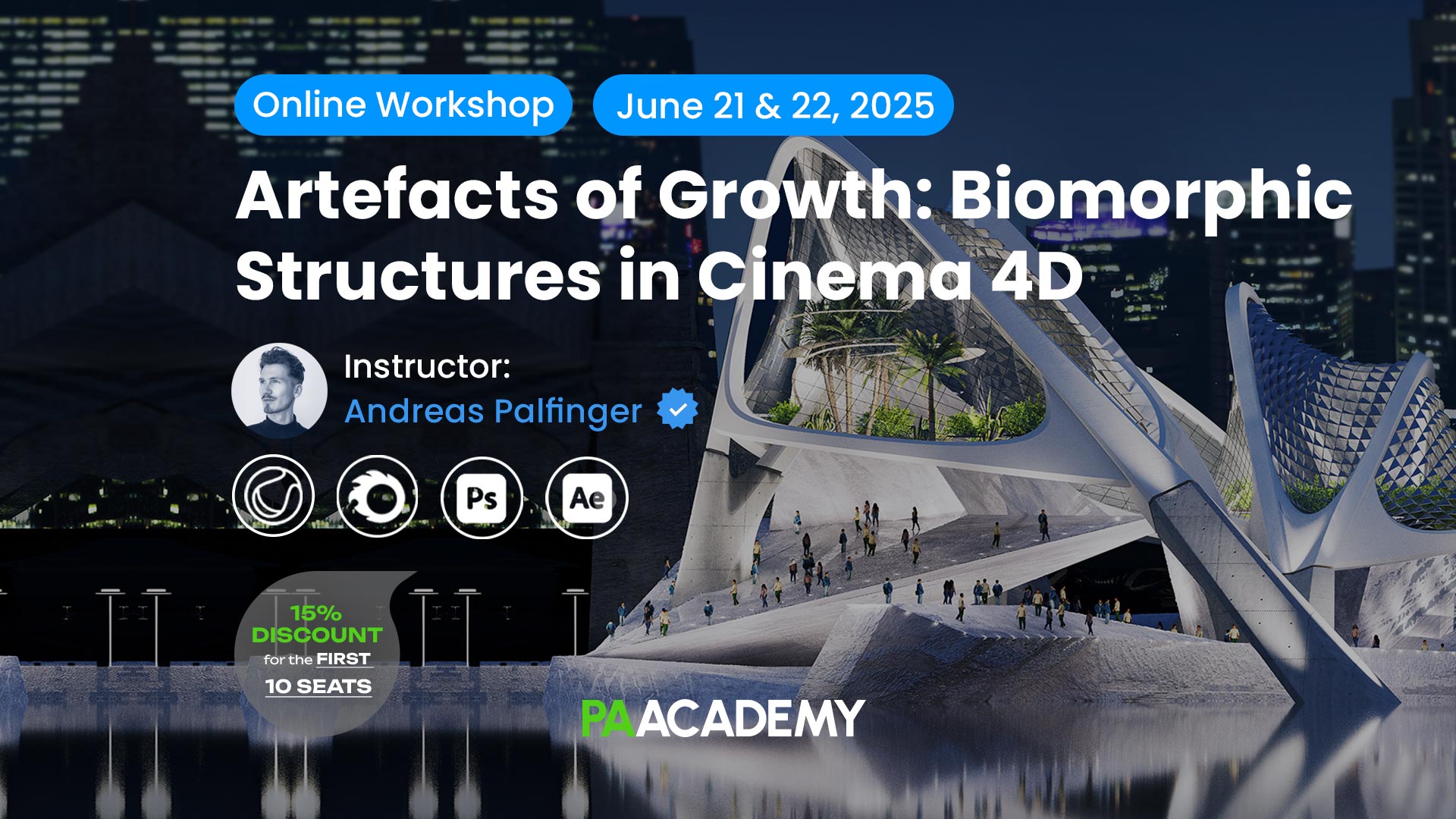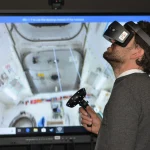Dubai Green Spine, a 64km sustainable linear city to be located along the Sheikh Mohammad Bin Zayed Road (E311), is a transformative urban development initiative and is set to redefine Dubai’s skyline. Designed by URB, the project complies with the concept of the UAE’s Dubai 2040 Urban Master Plan, according to which the city will be inhabited by approximately seven million eight hundred thousand people.
The Dubai Green Spine will also help to improve Dubai’s economy and society as a whole. By integrating leisure/entertainment and community spaces along the corridor, the project proposes to develop a lively public domain that will support sociability and drive commerce.
At the heart of the Green Spine’s concept is green infrastructure and renewable power. The project will be completely self-sustainable in terms of energy consumption through solar panels mounted on tram tracks and other structures. The levelized tariff approach is anticipated to create over 300 megawatts of clean power and, thus, decrease the city’s carbon effectiveness. The project also focuses on the development of green areas and the conservation of biological diversity.
As a part of the Green Spine initiative, more than 1 million trees will be planted to design an integrated network of green areas for the urban strip. These areas will help to create appeal in the city but are also significant in the process of air filtering, temperature control, and serving as shelter for wildlife. It will comprise indigenous plants along walkways and biking trails that will improve the ecological significance of the city.
Green Spine is a design-oriented project, and URB’s CEO, Baharash Bagherian, has referred to it as a revolution in urban design. Thus, referring to The Dubai Green Spine, Bagherian continues: “The Dubai Green Spine isn’t just about transit; it’s about transforming urban functionality, making the city more livable and human-centric.” This project defies all the norms associated with conventional infrastructure by prioritizing people and nature above cars and construction, thus enhancing everyone’s health, well-being, and interactions.
In line with the Dubai 2040 Urban Master Plan, the Green Spine is also about improving the city’s flow and moving away from car dependency. Rather, the project is to have broad provisions for pedestrians and cycling, an electric tram provision and to limit the use of cars and other forms of most motorized transport. This transition to green transport is estimated to drastically reduce CO2 emission levels, thus enhancing the climatic condition of the city.
The project also introduces state-of-the art technology to increase functionalities and the lifespan of the project. Features such as smart IoT-based structures, traffic control, and green building are some of the aspects that will make Green Spine a model smart city solution. These technologies will not only enhance the productivity and stability of the corridor but also guarantee the corridor’s sustainability in responding to future changes in the internal and external environment as well as advancements in technology.
Incorporating the urban farms and community gardens will also contribute to improving the quality of the social connectedness of the city, as the citizens will have a chance to participate effectively in extensive practices of sustainable farming. Through green infrastructure, renewable energy, and smart technology, the project paves the way for a new generation of cities and offers a glimpse into what the future of urban living could look like.





















Leave a comment